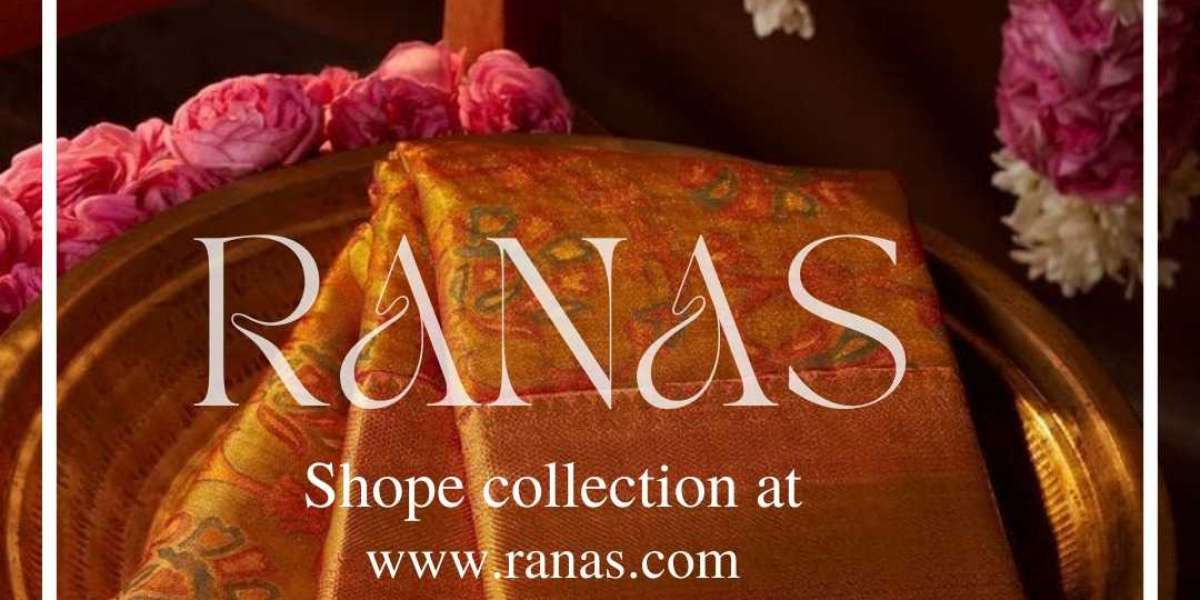Rajputani Poshak encapsulates the timeless grace and cultural legacy of the Rajput women in India. Rooted in centuries-old traditions and historical grandeur, this attire symbolizes regality, elegance, and a deep connection to heritage. In this comprehensive exploration, we delve into the intricate details, historical significance, and contemporary relevance of the Rajputani Poshak, celebrating its enduring allure and influence.
Historical Legacy
The Rajputani Poshak traces its origins to the illustrious Rajput dynasty, renowned for its valor, chivalry, and opulent lifestyle. Rajput women, often depicted in folklore and historical narratives as epitomes of beauty and strength, adorned themselves with exquisite garments that reflected their royal status and cultural pride.
Design Elements
The Rajputani Poshak is characterized by its intricate embroidery, vibrant colors, and luxurious fabrics. Each element of this attire carries profound symbolism and cultural significance:
Color Palette: Rich jewel tones such as deep reds, royal blues, emerald greens, and regal purples dominate the color palette of Rajputani Poshak. These colors symbolize prosperity, courage, and royalty, reflecting the esteemed status of Rajput women.
Embroidery: The hallmark of Rajputani Poshak is its elaborate embroidery, often featuring motifs inspired by nature, wildlife, and mythological symbols. Zardozi, gota patti, and mirror work are common embellishments that add a touch of opulence and grandeur to the attire.
Silhouettes: The silhouette of Rajputani Poshak varies based on the occasion and region. Lehenga-choli with a flowing odhni or dupatta is a classic ensemble, while the angarkha style with intricate detailing is favored for ceremonial events.
Jewelry: No Rajputani Poshak is complete without exquisite jewelry. Kundan, polki, meenakari, and jadau jewelry complement the attire, accentuating the beauty of the wearer and adding a sense of tradition and heritage.
Cultural Significance
Beyond its aesthetic appeal, Rajputani Poshak holds deep cultural significance:
Symbol of Identity: For Rajput women, wearing the traditional Poshak is not just a fashion statement but a proud display of their cultural identity and heritage. It embodies the values of honor, courage, and tradition that are intrinsic to Rajputana ethos.
Celebration of Festivals and Ceremonies: Rajputani Poshak is donned during auspicious occasions such as weddings, festivals like Navratri and Diwali, and other cultural celebrations. It symbolizes prosperity, joy, and familial bonds, making these events even more special.
Legacy and Heritage: The art of crafting Rajputani Poshak has been passed down through generations, keeping alive the rich legacy of Rajput culture. Artisans painstakingly create each piece, infusing it with history and craftsmanship.
Contemporary Adaptations
While rooted in tradition, Rajputani Poshak has evolved to suit modern tastes and preferences:
Fusion Styles: Designers often blend traditional elements with contemporary silhouettes to create fusion ensembles that appeal to a wider audience. This fusion of old-world charm with modern aesthetics adds versatility to Rajputani Poshak.
Global Appeal: With the rise of global fashion trends, Rajputani Poshak has garnered attention on international runways and red carpets. Celebrities and fashion enthusiasts appreciate its intricate craftsmanship and cultural significance.
Innovative Fabrics: While silk and velvet remain popular choices, modern variations incorporate lightweight fabrics like georgette and chiffon for a more comfortable and wearable experience, especially in warm climates.
Preserving Tradition
Despite modern adaptations, efforts are underway to preserve the authenticity and craftsmanship of Rajputani Poshak:
Artisan Empowerment: Supporting local artisans and traditional craftsmanship is crucial for preserving the legacy of Rajputani Poshak. Initiatives promoting artisanal skills and fair trade practices ensure that these intricate art forms thrive.
Cultural Revival: Cultural organizations and initiatives are working towards reviving traditional weaving techniques, embroidery styles, and dyeing methods associated with Rajputani Poshak. This revitalization ensures that future generations continue to cherish and embrace this heritage attire.
Education and Awareness: Educating people about the history, symbolism, and significance of Rajputani Poshak fosters a deeper appreciation for this cultural treasure. Workshops, exhibitions, and digital platforms play a vital role in spreading awareness and understanding.
Conclusion
Rajputani Poshak stands as a testament to the rich cultural tapestry of India, embodying centuries of tradition, artistry, and heritage. Its timeless appeal transcends generations, bridging the past with the present while keeping the legacy of Rajputana alive. As we celebrate its elegance and significance, let us also commit to preserving and promoting this cultural heritage for generations to come.
For more info:- leheriya sari




